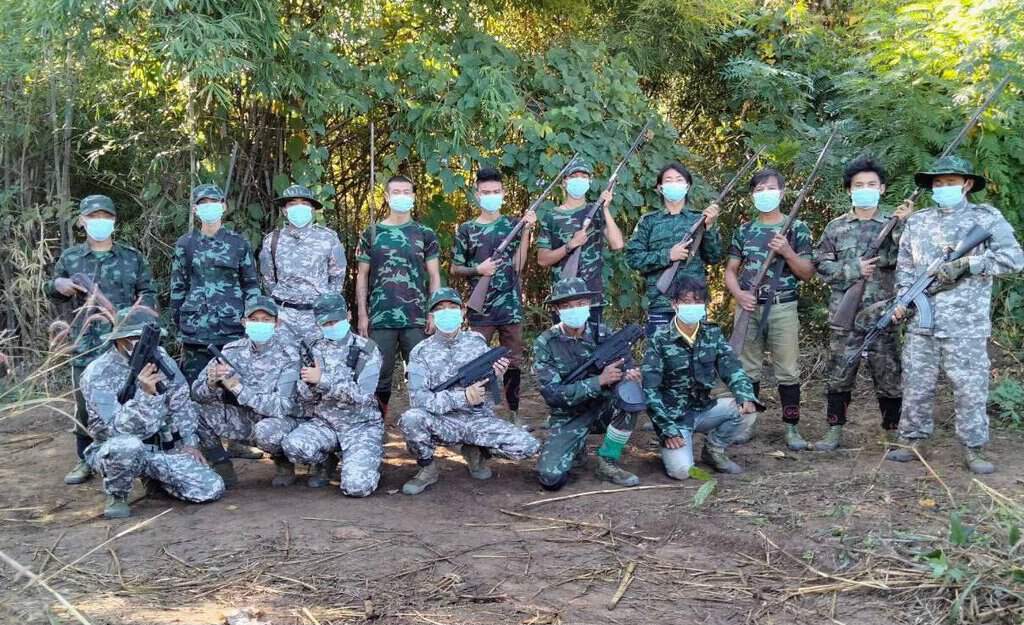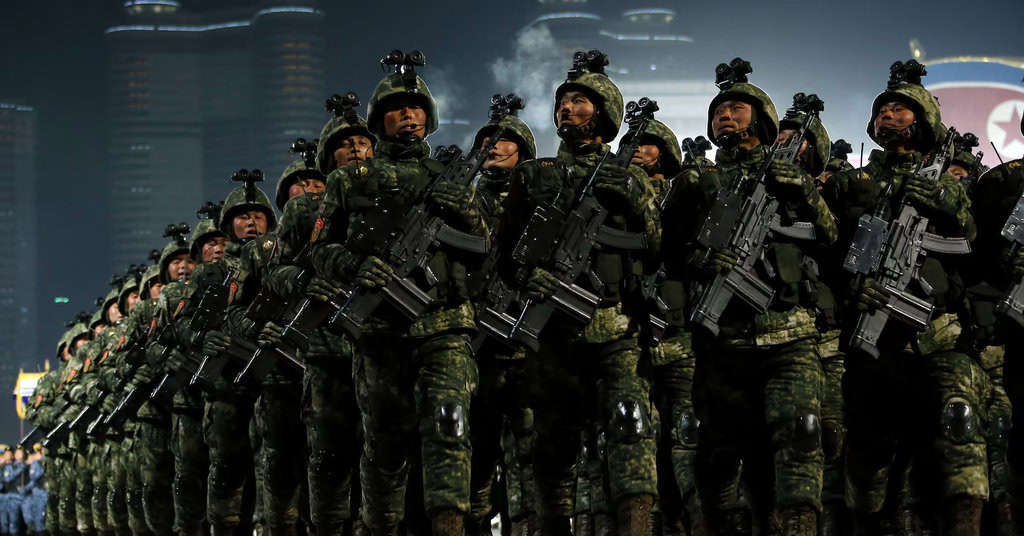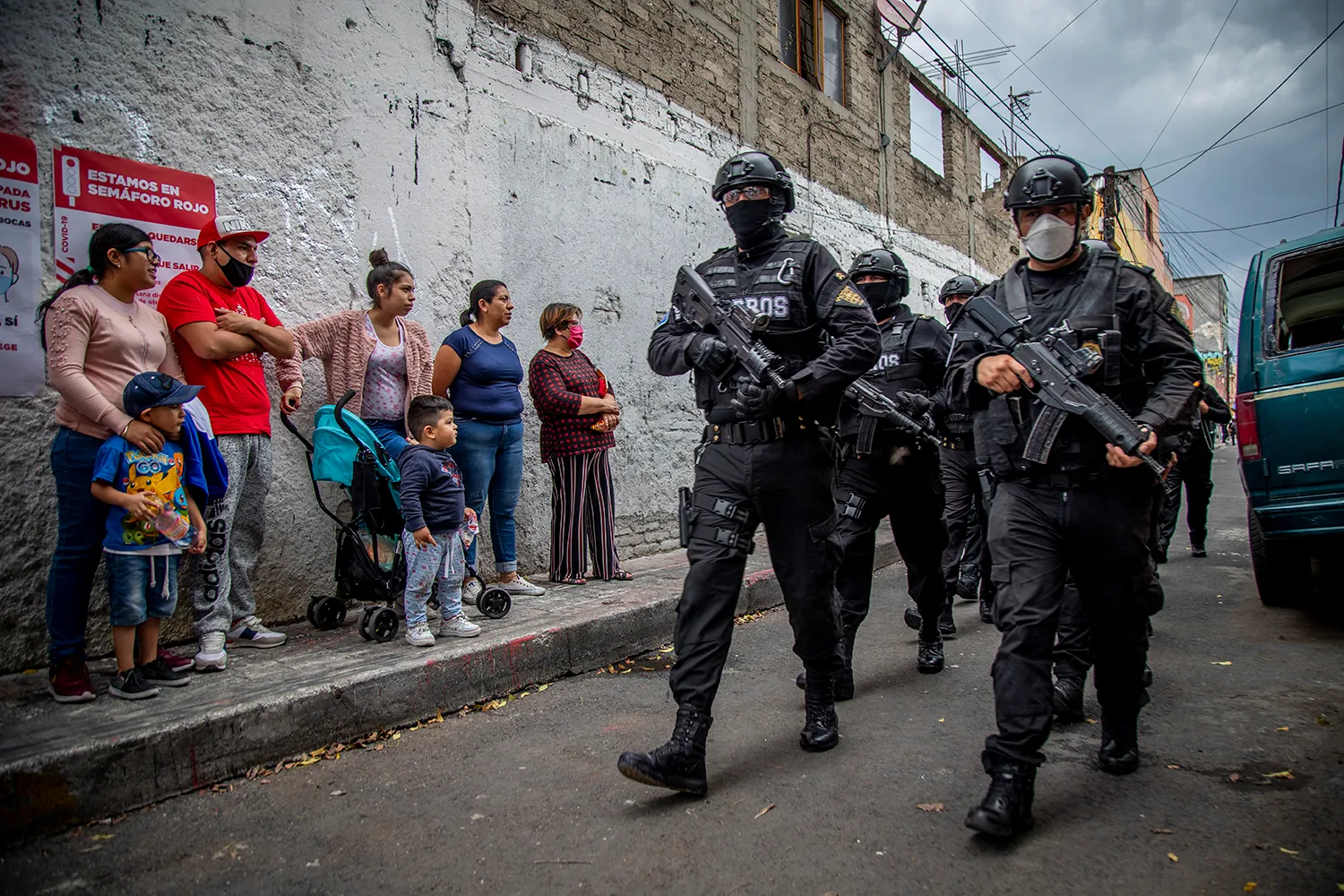The ongoing civil war in Myanmar has reached a new and troubling frontier—one where technology is being harnessed by insurgents in ways that challenge traditional warfare dynamics. Amid a long-standing military crackdown by the junta, rebel groups have turned to a novel, yet increasingly significant, weapon: 3D-printed firearms and explosives. What was once thought of as a futuristic, almost academic concept has now become an integral part of guerrilla warfare in Myanmar. The rise of 3D-printed weapons marks a dramatic shift, offering rebels a low-cost, highly adaptable alternative to conventional arms, while posing significant challenges to global security.
The Unseen Power of 3D Printing in War
3D printing, often hailed as one of the most transformative technologies of the 21st century, has found an unlikely role in the theatre of war. Initially used for manufacturing prototypes and in industries ranging from healthcare to automotive design, 3D printing has evolved into a tool of rebellion. For Myanmar’s ethnic militias and pro-democracy resistance groups, it has become a critical means of circumventing a suffocating arms embargo and leveling the playing field against a better-armed military regime.
In Myanmar, where access to conventional arms is severely restricted due to international sanctions, insurgents have turned to 3D printing as a way to manufacture everything from handguns to improvised explosive devices (IEDs). The technology allows rebel forces to produce weapons locally—at a fraction of the cost and time it would take to smuggle traditional firearms into the country. What was once a theoretical curiosity has now become a viable and widely-used strategy in asymmetrical warfare.
What’s Being Printed: The Weapons of Tomorrow
The rebel use of 3D printing in Myanmar spans a range of military-grade tools that go far beyond simple pistols. The most widely used 3D-printed weapons include:
- Firearms: From small-caliber handguns to makeshift rifles, insurgents have found ways to use 3D printers to fabricate working firearms. These weapons, often constructed from plastic or composite materials, are rudimentary but effective. While they may lack the durability and firepower of state-issued arms, they offer insurgents a way to arm themselves with minimal cost or external support.
- Ammunition and Components: Rebel groups have also turned to 3D printing for ammunition. In the absence of traditional bullets, they have printed firing mechanisms, stocks, and even grenade components. The customization offered by 3D printing means that insurgents can create bespoke weaponry suited to their immediate needs.
- Explosive Devices: Perhaps one of the most alarming uses of 3D printing has been in the creation of explosive devices. Rebels have used the technology to design and fabricate detonators, shells, and even parts for rockets and mortars. These homemade explosives, often cobbled together with local materials, present a significant threat to both military personnel and civilians.
- Drones and UAVs: While still in its infancy, some groups have experimented with using 3D printers to produce drones for surveillance and targeted strikes. These drones, often made from lightweight plastic, allow insurgents to conduct reconnaissance missions without the need for sophisticated technology or commercial equipment.
Why 3D Printing Is a Game-Changer for Myanmar’s Rebels
The use of 3D printing in Myanmar’s civil war has profound strategic implications. For rebel groups with limited access to resources, the ability to produce weapons locally offers several distinct advantages:
- Cost-Effectiveness: Traditional weapons, particularly firearms and ammunition, can be prohibitively expensive to acquire, especially in conflict zones where smuggling and procurement are heavily regulated. In contrast, 3D printing offers a far cheaper alternative. Basic 3D printers can be purchased for a few hundred dollars, and the materials—primarily plastic or metal filaments—are much cheaper than buying commercially-produced weapons.
- Secrecy and Security: Unlike traditional weapons, which require transportation through dangerous supply chains and customs checkpoints, 3D printers can be operated clandestinely. The small, portable nature of 3D printers makes them ideal for use in underground resistance movements, where security is paramount. With these printers, rebels can manufacture weapons in hidden workshops, out of sight from military surveillance.
- Self-Sufficiency: Rebel groups in Myanmar have long struggled with the problem of supply chain dependence—relying on external actors for weapons, funding, and support. 3D printing has radically altered this dynamic, enabling insurgents to become more self-sufficient. In an environment where access to conventional arms is restricted, the ability to produce weapons locally gives rebels a crucial edge.
- Customization: One of the most important advantages of 3D printing is the ability to rapidly prototype and modify designs. This customization allows insurgents to tweak weapon designs to their specific needs, whether for stealth, portability, or specialized combat situations. The adaptability of 3D printing also means that rebel groups can produce specialized components such as silencers, modified magazines, or enhanced triggers.
The Challenges: Material, Durability, and Global Security
While 3D printing offers a wealth of benefits, it is not without its challenges. The most obvious limitation lies in the material constraints of 3D printing. Most 3D-printed firearms are made from plastic, which can be brittle and prone to wear. While some groups have found ways to reinforce these weapons with metal components, the overall reliability and durability remain concerns. 3D-printed weapons may not stand up to the rigors of prolonged use, especially under the heat and pressure of actual combat.
Another significant issue is the international legal and ethical implications. The use of 3D printers to produce weapons by non-state actors violates international arms control agreements. This new form of weapon proliferation poses difficult questions for governments and global institutions. While traditional arms control treaties can regulate the trade of firearms, the decentralized nature of 3D printing complicates enforcement. Additionally, the ease with which anyone can print a firearm raises concerns about the proliferation of such weapons into the hands of criminals, terrorists, or rogue states.
Finally, as rebel groups in Myanmar continue to innovate, the international community will need to develop strategies to detect, counter, and regulate 3D-printed weaponry. Some governments are already implementing more sophisticated surveillance technologies, such as metal detectors and advanced imaging systems, to identify 3D-printed parts. However, the rapid pace of technological advancement means that countermeasures will have to constantly evolve.
The Bigger Picture: What This Means for Global Conflict
The rise of 3D-printed weapons in Myanmar is not an isolated phenomenon. Across the globe, insurgents, militias, and other non-state actors are turning to technology as a means of bypassing state-controlled weapon systems. Myanmar is just one example of how 3D printing is reshaping modern warfare.
As the conflict in Myanmar continues to unfold, the international community will need to grapple with the implications of this new form of warfare. The proliferation of 3D-printed weapons raises urgent questions about how to regulate the use of emerging technologies in conflict, how to protect civilians, and how to ensure that these advancements do not exacerbate global instability.
The Future of Warfare is Being Printed
As Myanmar’s civil war rages on, 3D-printed weapons are emerging as a powerful equalizer for rebel forces. What began as a simple innovation has now become a critical tool of insurgency, providing both the means and the autonomy to challenge an entrenched military regime. While the rise of 3D-printed arms may offer insurgents a tactical advantage, it also signals a troubling new chapter in global warfare.
The future of conflict may very well be defined by technologies like 3D printing—tools that democratize the ability to wage war. As we move into this new era, the world must reckon with the ramifications of this technology, balancing its potential for innovation with the risks it presents to global peace and security. The printed weaponry of today could very well be the weaponry of tomorrow’s wars.





